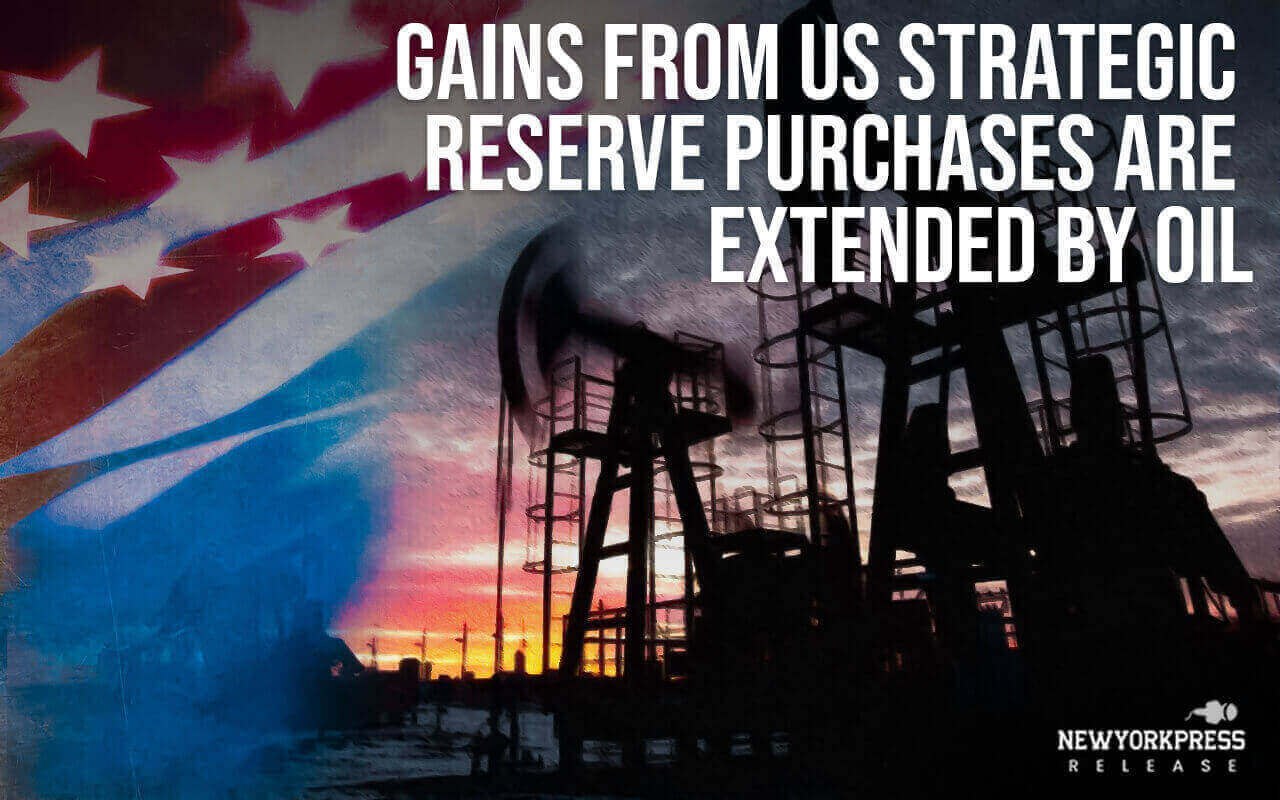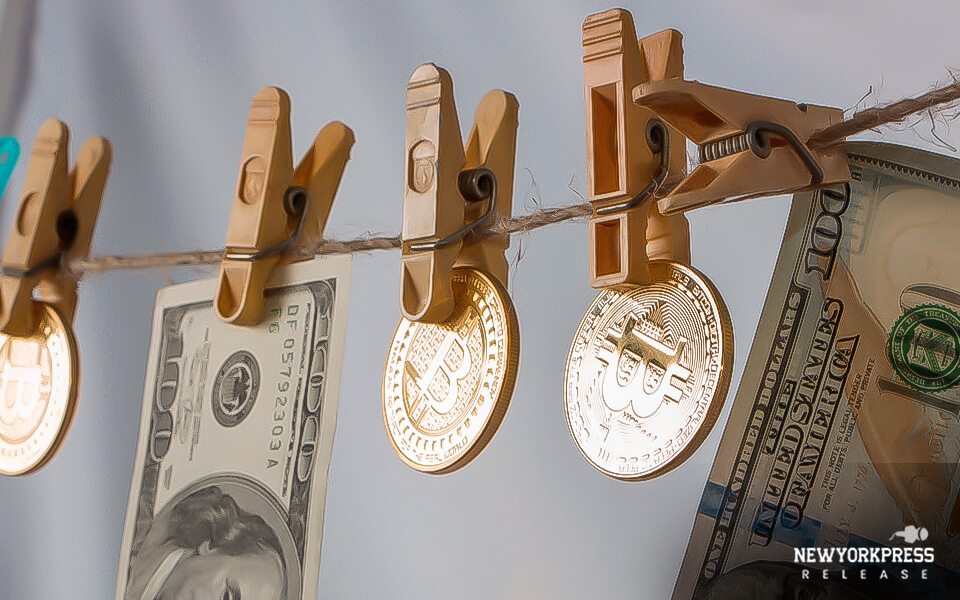Monday’s increase in oil prices continued their upward trend from the previous session, partly supported by US efforts to restock strategic stockpiles. Nevertheless, worries about an excess of petroleum and slower-than-expected growth in fuel consumption in the coming year remained.
By 04:06 GMT, U.S. West Texas Intermediate crude prices were up 0.5%, or 38 cents, to $71.61 a barrel, while Brent crude futures were up 0.6%, or 48 cents, to $76.32 a barrel.
Both contracts saw gains of more than 2% on Friday; however, because of ongoing worries about oversupply, they fell for the seventh consecutive week, the longest run of weekly losses since 2018.
Given the current decline in prices, the US has requested up to 3 million barrels of crude for the Strategic Petroleum Reserve (SPR), with delivery set for March 2024.
“We know the Biden Administration is in the market looking to refill the SPR, which will provide support,” IG analyst Tony Sycamore said in a note. He also added that technical chart indicators also supported the prices.
Investors are still doubtful that supply will decrease, even though the Organization of the Petroleum Exporting Countries and its partners, collectively known as OPEC+, promised to reduce production by 2.2 million barrels per day (bpd) in the first quarter. There will be an excess supply the following year due to the projected growth in output of non-OPEC countries.
Stock withdrawals are expected to be 700,000 bpd in the first half; however, just 140,000 bpd for the entire year by RBC Capital Markets.
“Prices will remain volatile and directionless until the market sees clear data points pertaining to the voluntary output cuts,” RBC analysts mentioned in a note.
The analysts noted that it would be a turbulent two months before there is any early clarity on quantifiable data on compliance because cuts won’t be applied until next month and country-level production data won’t be available until after January.
China, the world’s biggest importer of oil, recently revealed data from its consumer price index indicating increasing pressures toward deflation as worries about the country’s economic recovery were raised by the slowdown in domestic demand.
China’s leaders pledged on Friday to increase domestic demand, fortify the economic recovery, and bring it all together by 2024.
Investors are keeping a close eye on data on U.S. inflation and recommendations on interest rate plans from meetings at five central banks, including the Federal Reserve, to see how they could affect the demand for oil and the global economy.




